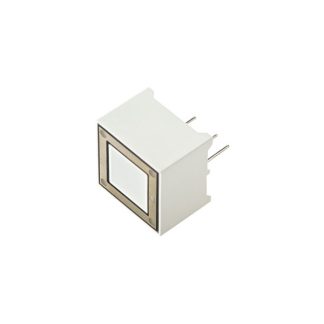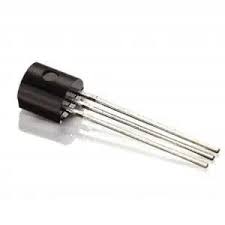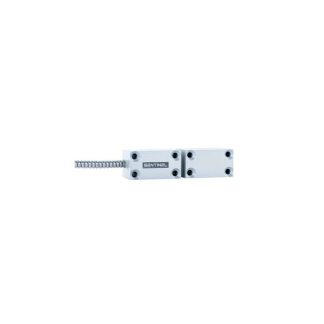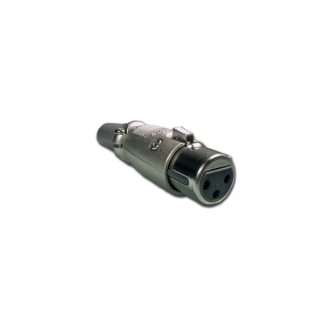Description
In LED Lighting applications, solid-state lighting luminaires are commonly configured with long strings of multiple series LEDs driven from a relatively high voltage compliance, constant current power supply.
This configuration has several benefits:
- Multiple LEDs can be arranged in series to simplify the power supply design.
- High voltage, low current power supply improves efficiency of the power supply.
- Modular design can allow easy scaling; for example, using 1 W LEDs – 8 W, 16 W, 24 W or 32 W designs can easily be created with multiple strings of 8 x 1 W LEDs.
- One LED streetlight design uses six strings of 15 LEDs for a total of 90 LEDs.
The LSP product is designed to make the open LED failure mode tolerable. An open LED will cause a complete LED string to go dark, rendering the application useless or markedly compromised. This can lead to warranty returns or maintenance calls.
To comply with Energy Star® rating, LED lighting fixtures must:
- Have a 3 year warranty
- Produce >70 % of new light output for 35k hours (residential: 25k hours).
While low power LED string designs may have used zener diodes in this role, high power LEDs would require very large and expensive zeners. Placing a Bourns® LSP device across LEDs allows the remaining LEDs in a string to continue to work when an LED fails open circuit. LSP devices in active mode dissipate less power than the LED did.









